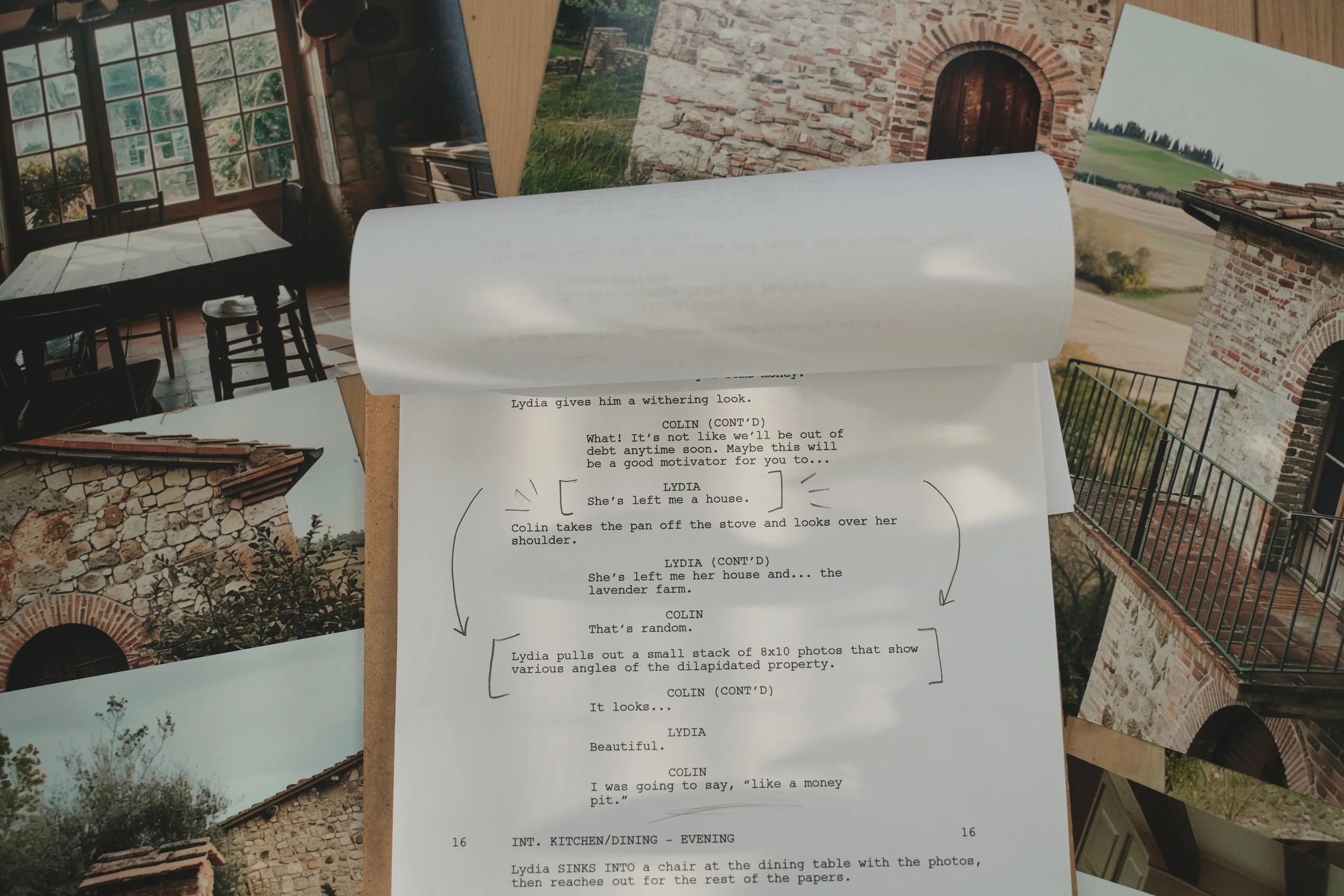
story-to-cinema
pipeline
There is no clear roadmap to moviemaking. Major Hollywood studios with their million middlemen have created a system that devalues creative contributions and exploits artists who lack the “business” perspective.
I developed the Story-to-Cinema Pipeline as a living process to provide insight, oversight, and foresight on the path of regional independent filmmaking (with theatrical distribution in mind). I update this page regularly as I learn and grow, and hope it will provide you some inspiration along your journey.
High-Level Overview of the Production Process
Organize production into five phases: Development, Pre-Production, Production, Post-Production, Distribution, plus Legacy (name TBD). Each phase will in some ways overlap with those before and after it, and the key is to be thinking about all phases at the start of (and throughout) every project. Don’t fall into the trap of thinking completing one phase will “unlock” the next — the only gatekeeper in this process is your budget and your ability to raise it.
You need funding, personnel, expertise, and organization to go into production, and should have your (pre-, production, and post-)budget met in investments, presales, partnerships, contributions, equity participation, brand placement, and tax incentives by the time you endeavor pre-production in earnest. Yet even before pre-production, we first need to develop your Package.
Film Package: Story assets which provide foundational information and attract the right collaborators.
Development
Think of
Film Package Assets List
Communicate your vision with your target audience (attachments) in mind
Every film bro I know agrees, “It all starts with a good script!!” and “If you don’t have a good script, you don’t have a movie!” However, I am of the unpopular opinion that you don’t need to start with a script. Plenty of films begin with a “screen story,” (short story or even just a napkin scratch), and ALL scripts get so thoroughly recomposed and rewritten with respect to production logistics (and many other constraints) that no matter where you are in the writing of your story, it’s helpful to have:
This guide assumes you are a screenwriter, director, producer, or “filmmaker” (all of the above), so the creation of these assets is your responsibility. You can’t expect others to put in the effort (especially unpaid) if they don’t share your passion. The best way to cultivate passion (and support) is to enroll potential attachments in the possibility of your film and why that possibility is valuable to them.
Title (working)
Benefited by a minimal Brand (font pairing, title mark, colors)
Logline (2 sentences)
Synopsis (1 - 2 paragraphs)
Summary (1 - 2 pg)
Treatment (4 - 16 pg)
Pitch Deck (varies by audience, medium)
Benefited by a (Shotdeck) Lookbook
Intro: Logline, Summary, Themes, Tone
Visual Tone (Moodboard)
Characters & Casting
Key Story Elements
Production Notes (Key Locations/Access, Key Props, Market Differentiators)
Comparables
Project Details (Status, Budget, Genre, etc)
Filmmaker & Team
Artist’s Summary
Contact
